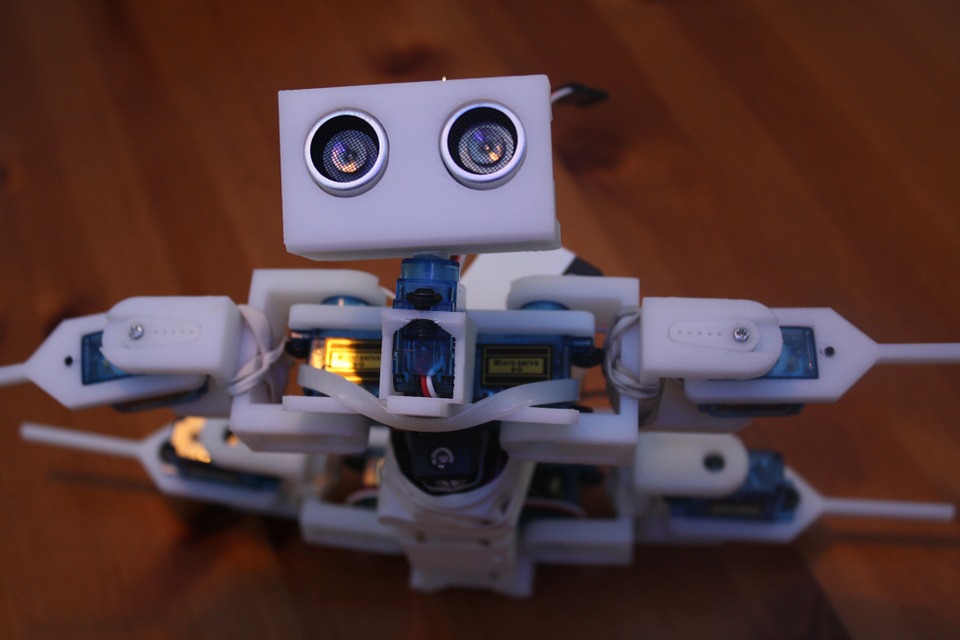
Sensors
We live in a world full of sensors from our homes, offices to our cars. Sensor work to make our lives easier by enabling us to control our surrounding. Sensors are devices that are used to detect a physical quantity like light, heat, and force among others and then convert it to the desired output, for instance, electrical signal so as to measure the applied physical quantity. Sensors convert signals from one energy domain to electrical domain. There are many different types of sensors and application of these sensors.
Types of Sensors
Sensors can be classified in many ways. Sensors can be classified into two, as active or passive sensors. Active sensors are those that require external excitation signal to operate while passive sensors do not require external excitation signal and generate output response. The other classification of sensors is based on detection used in the sensor, for instance, electric, chemical, and biological sensor. They can also be classified as either digital or analog. Analog sensors produce analog output while digital sensors produce discrete signals. Commonly though, they are classified based on the physical property they measure. Based on this classification, we have the following types of sensors:
Temperature Sensors
This is arguably the most common sensor globally. As the name suggests, a temperature sensor senses temperature. The change in temperature corresponds to a change in the physical property for instance resistance or voltage. Temperature sensors are available in various forms including ICs, Thermocouples, Thermistors and Resistive Temperature Devices (RTDs).
These sensors are applied in various applications for instance computers, smartphones, cars, air conditioning systems, and industries.
Ultrasonic Sensors
Ultrasonic are non-contact devices that can be used to establish distance and velocity of an object. They work based on the properties of sound waves that bear a frequency greater than that of human audible range. Ultrasonic have a sender and a receiver. It sends a sound wave then uses the time of flight to the wave to measure the distance of the object. The ultrasound sensor uses the Doppler shift property to measure the velocity of an object. Ultrasonic are applied in many types of equipment including vehicle detection for car washes, liquid level monitoring and anti-collision detection among others.
Proximity Sensors
They are non-contact sensors that are used to detect the proximity of an object. They can be implemented in different techniques like optical, hall effect and ultrasonic sensors, etc. They are commonly applied in mobile phones, automobiles (for parking), etc.
You May Also Like This : “Sensors : Types and Applications“
Infrared Sensors
They are light-based sensors that are used to either measure proximity or object detection. They are mostly found in mobile phones where they are used to measure proximity. There are two types of Infrared sensors, transmissive and reflective IR sensors. The transmissive type has a sender and receiver which are placed facing each other so that anything that comes between them is detected. The other type of an IR sensor is a reflective type sensor. A reflective sensor has two a transmitter and a detector. The two are positioned adjacent to one another. When an object comes in front of the sensor, it is detected. Besides in mobile phones, IR sensors are used in Robots, Industrial assembly, and automobiles.










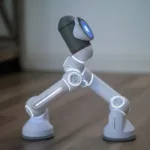
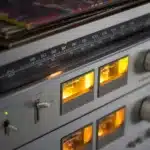
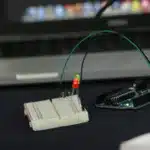

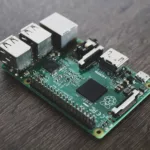

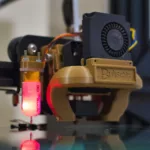
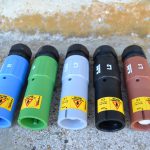




1 Comment